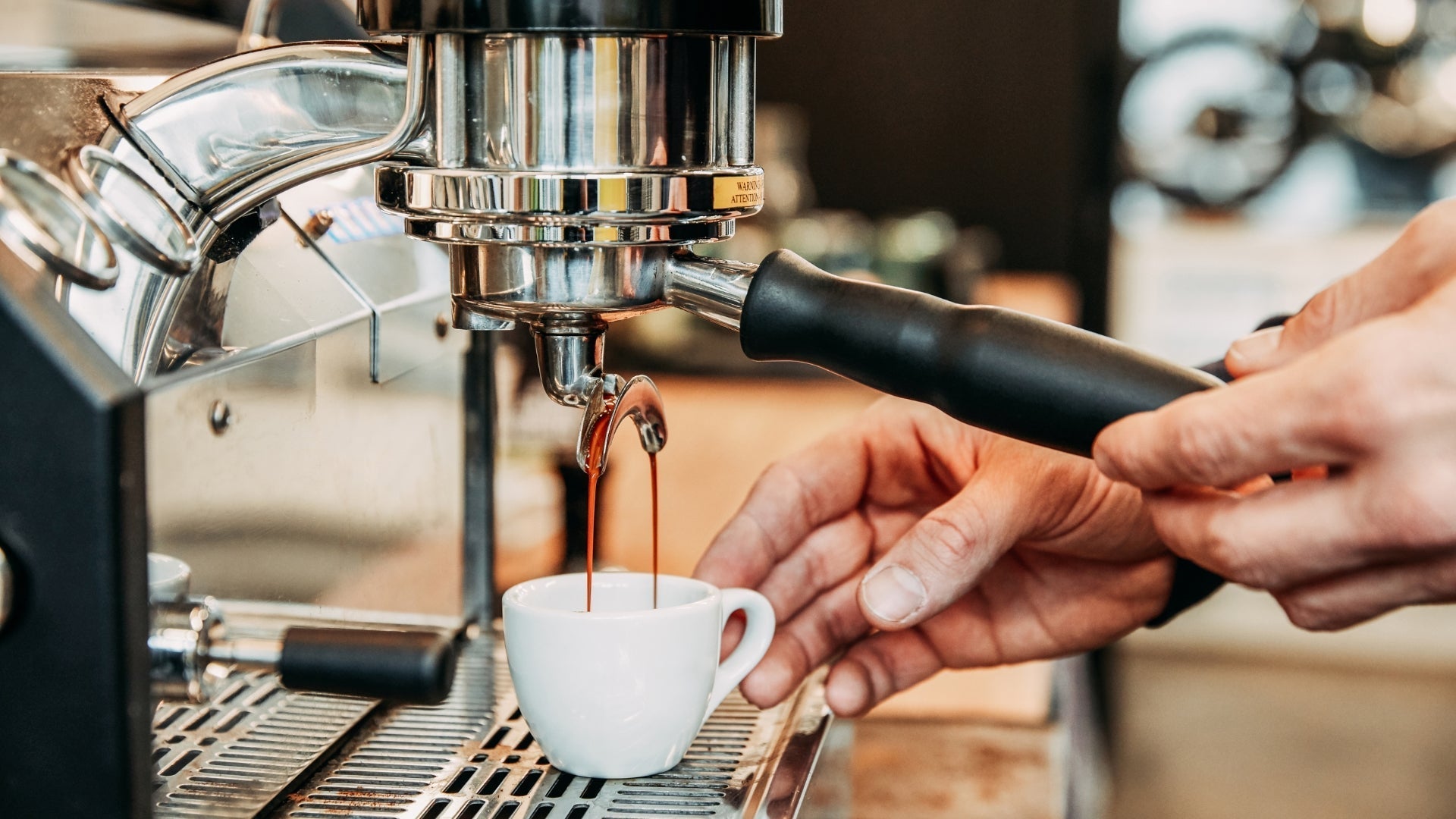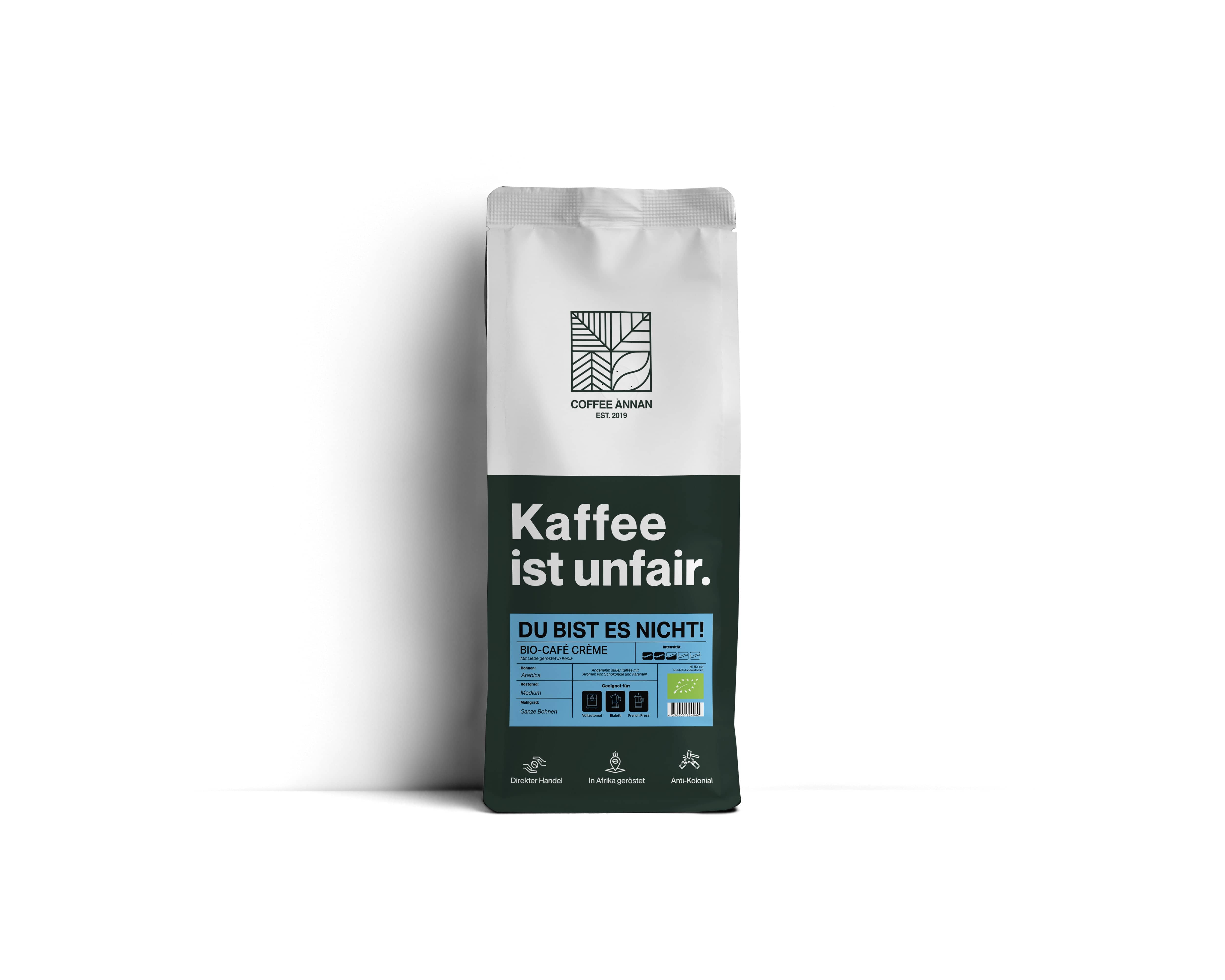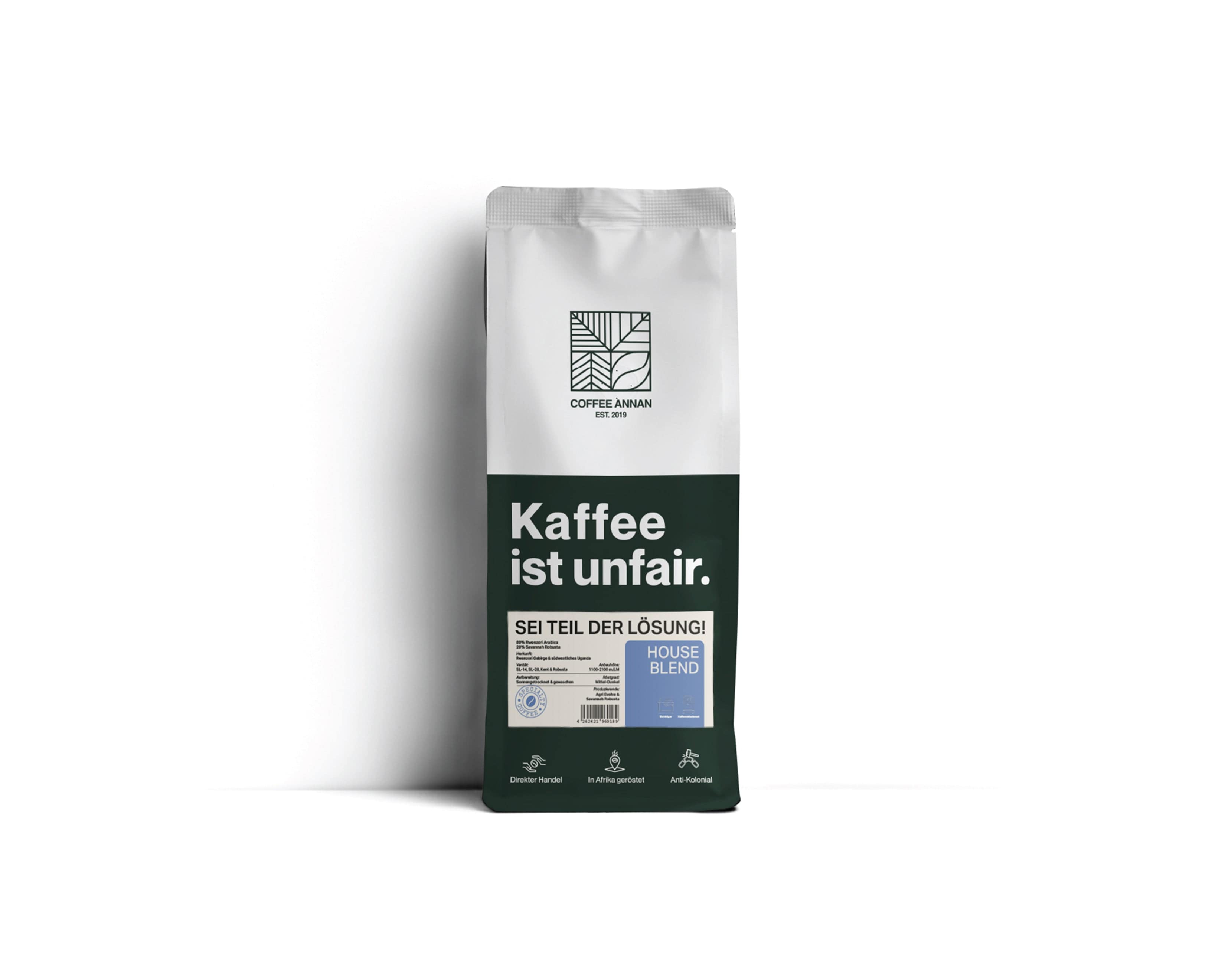Passionate coffee drinkers know that the subtle aroma is not only determined by the type of coffee, but above all by the roast. Most connoisseurs swear by the traditional drum method. Why is that?
In this article, we'll shed light on what is probably the most complex process in coffee production and take a peek into the roasting drums of the world.
What is Drum Coffee Roasting?
Drum coffee roasting is the classic process. It involves processing coffee gently and in small batches. Unlike the industrial method, the beans are roasted slowly and at relatively low temperatures. This ensures that the tannic acids, which might upset a sensitive stomach, are broken down perfectly, making the coffee especially easy to digest.
Differences Between Drum Coffee Roasting and Hot Air Roasting
There are two methods - the aromatic drum method and industrial hot-air method. But let’s explore how they affect the flavor and how they turn the bitter green beans into the flavorful coffee we love so much?
The main difference between the hot air and drum method lies in the process and the resulting aromas and flavor profiles.
Drum coffee roasting is the traditional method, which is done slowly and in small batches. To meet the high demand, the industrial method, using hot air, was developed at a later stage. In this technique, the beans are processed at a high heat and in large quantities (up to 600 kg) in just a few minutes. However, flavors are frequently lost in the process, and it can also result in undesirable bitter substances.
The heat is generated by hot air flowing through the large container. Unlike the drum method, in the hot air or convection method, the beans are not brought into direct contact with the surface, but are roasted by hot air.
Advantages of the Hot Air Method:
- more precise control over the temperature
- uniform roasting of the beans
- short time span
- low-cost production
- processing of large quantities is possible (up to 600 kg)
Disadvantages of the Hot Air Method:
- flavors are lost due to the intense heat
- bitter substances are formed
- acidity cannot be reduced
- rapid processing at high temperatures (2-10 minutes/750-1470 °F)
- undesirable (burnt) aromas can develop
- sometimes the beans are brown on the outside, but still raw on the inside.
With the drum method, on the other hand, the beans are roasted very gently and in quantities of no more than 10 kg in a rotating drum. Here, it’s all down to the skills of the roastmasters. They determine the degree of roast by setting and adjusting the temperature and the duration. And this in turn creates the unique taste.
Advantages of Drum Coffee Roasting
This method has several advantages, which is why it is generally considered preferred. Some of the most important advantages are:
- gentle process: the beans are roasted slowly at lower temperatures. The duration and temperature varies depending on the desired degree of roast.
- aromatic profiles: this method usually results in a full-bodied taste and a strong aromatic profile.
- complex flavors: slow processing gives the beans time to fully develop their varied flavors.
- gentle on the stomach due to fewer acids: the longer process means that undesirable acids can be reduced, making the end product easier to digest than air roasted coffee.
- preservation of natural flavors: another advantage of the slow and gentle process is the fact that natural flavors are preserved and the resulting brew has a fuller, more interesting taste.
- the coffee roaster’s skill: the roast profile and taste of the coffee can be created by the roaster to meet customer preferences.
The Process of Drum Coffee Roasting
In this method, the beans are processed in a rotating drum, over a heat source.
The drum is rotated continuously to ensure an even roast. During the process, the beans are heated at gentle temperatures of 355-480 °F for up to half an hour, during which time they develop their characteristic brown color and their flavor characteristics.
The bean passes through different stages, which are determined by the color and smell of the beans.
- The first stage is the drying stage. The water contained in the beans evaporates in this stage.
- Then the browning phase starts, where the beans change color and start developing aromas.
- In the final development phase, the beans develop their characteristic flavor profiles while the roastmaster adjusts the time and temperature to achieve the desired degree of roast and flavor.
💡 By the way: freshly roasted coffee is not yet ready to drink. It only develops its full aroma after two days.
In brief, the drum method is a tried and trusted process that enables coffee beans to be roasted gently, in a controlled and aromatic manner. At the roastery, the roastmasters have a lot of leeway to work with the complex flavors of coffee beans, so they can create genuinely varied and unique delights.
Degree of Roast and Roast Profile
Degree of roast and roast profile are two important factors in processing coffee beans, and they affect the flavor, aroma and body of the final product.
The degree refers to the duration and temperature at which the beans are roasted. The longer and hotter the process, the darker the bean. Lightly roasted beans have a light, golden color and a mild flavor, while a darkly roasted coffee has a darker color and a stronger, more robust flavor.
The most popular degrees of roast are:
- Light: light brown, slightly acidic, fruity.
- Medium: medium brown, balanced taste between acidity and sweetness
and a full body.
- Dark: dark brown to black, full-bodied flavor, low to medium acidity, with noticeable oil on the bean surface.
The roast profile, on the other hand, refers to the specific method used to achieve the desired degree. There are several profiles that can be varied depending on the type of coffee and the characteristics the roaster is aiming for. Some examples of roast profiles are:
- Slow: the beans are processed at lower temperatures and the time is extended to achieve a particularly full-bodied aroma and body.
- Fast: The beans are roasted at higher temperatures and the time span is reduced to achieve a brighter, more floral aroma.
- Stop-and-go: the process is interrupted several times to give the beans time to cool and improve their aroma and flavor.
The roast profile can also be influenced by the process (drum method or hot air method) and the settings specified by the roastmaster.
Both factors play an important role in the production of top-quality coffee. By adjusting the roast to the specific characteristics of the coffee beans and taking into consideration the variety and country of origin, it is possible to create the best possible taste experience for all coffee drinks and to suit all tastes.

The Bottom Line
Drum coffee roasting is a traditional and popular method used in the production of high-quality coffee.
However, we at Coffee Annan go the extra mile in guaranteeing the excellence of our coffee. The beans are not only roasted gently, but also directly in the country of origin, which means that a large part of the proceeds remain in the producing country. Therefore, we don’t simply deliver high quality, but also focus on ethically sourced coffee. Why not give it a try? We will be happy to send you a free sample!
So if you are keen to discover the full taste of coffee and are looking for a special coffee experience, you should definitely go for varieties that have been processed in this gentle way.












